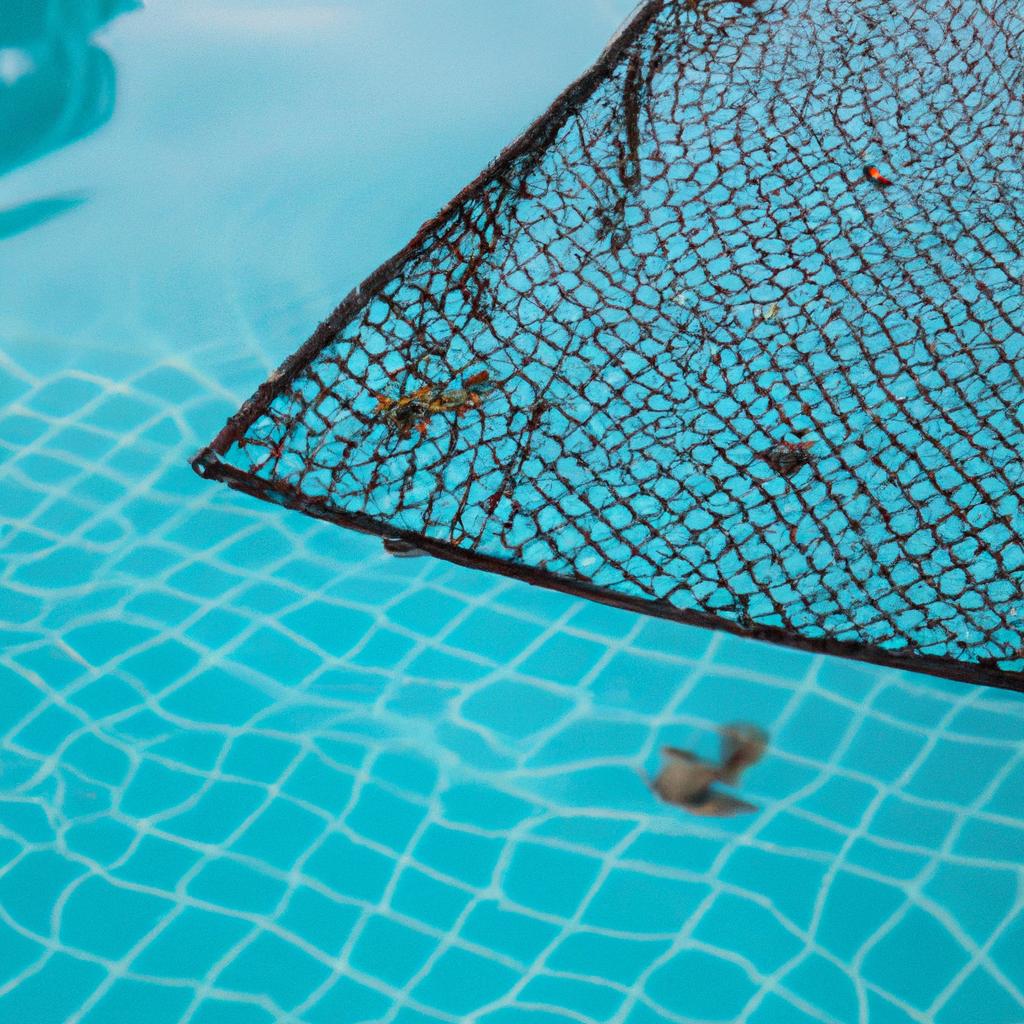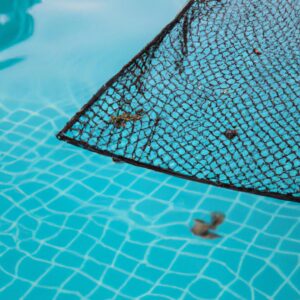Introduction to Pool and Spa Maintenance
Pools and spas can provide hours of fun and relaxation for all ages. However, to ensure safe and clean water recreation, it is important to take the proper steps in pool and spa maintenance. Through diligent care and regular maintenance, you can rest assured that your loved ones are swimming in clean, healthy and safe water.
Regular cleaning, chemical checks, and other maintenance tasks will help keep your pool and spa safe and clean for use. In addition, proper maintenance will also prevent costly repairs and extend the life of your system.
In this guide, we’ll help you get familiar with the basics of pool and spa maintenance. We’ll look at different types of systems, explain the importance of chemical balance, discuss filtering and cleaning systems, review shocking procedures, and explain winterizing a pool. By following this simple guide, you’ll be well on your way to clean and safe water recreation!
Different Types of Pool and Spa Systems
Pools and spas come in a variety of shapes, sizes, and types. The type you have will determine the methods you must use for maintenance. Here are some examples of the most common pools and spas, and how to maintain them.
Above Ground Pools
Above ground pools are typically the least expensive and easiest to install. To clean an above ground pool, you will need to use a vacuum cleaner and skimmer net to remove debris from the surface of the water. Testing the water weekly is also important to ensure the correct pH levels are maintained. You should also consider treating the water with chlorine or other sanitizing chemicals.
In-Ground Pools
The maintenance requirements for an in-ground pool are more complex than those for an above-ground pool. As well as regularly cleaning with a vacuum cleaner and skimmer net, you should also add chlorine or other sanitizing chemicals to maintain the proper pH level. Backwashing the filter on a regular basis will help to keep the system functioning properly. The walls and tiles should be brushed and cleaned regularly to reduce build up of algae.
Spas and Hot Tubs
Maintenance for spas and hot tubs can vary depending on the type and size of the system. Generally speaking, weekly maintenance consists of checking and adding the necessary chemicals, such as bromine or chlorine, and shock treating the water. Filters should also be cleaned weekly, and the water should be drained and refilled every three months.
The Importance of Pool/Spa Chemical Balance
When it comes to pool and spa maintenance, it’s vital that you keep the chemical balance just right. When the chemical balance isn’t in check, the water can become unhealthy and unsafe for swimming. To do this, you need to understand the chemicals used to maintain pools and spas, as well as how to keep the proper pH level and other important chemical measurements.
Chlorine is one of the most important chemicals when it comes to keeping pool and spa water safe. Chlorine kills bacteria and viruses that can be harmful to swimmers. It’s important to test the chlorine levels regularly and keep them between 1-3 parts per million (ppm). If levels drop below this, it’s necessary to shock the pool or spa to raise the chlorine levels to the recommended amount.
The pH of the water also needs to be tested and adjusted to the optimal range for swimming. The ideal range is 7.2-7.8 on the pH scale. Balancing the alkalinity and calcium hardness in the pool or spa water is also important; the ideal range for alkalinity is 80-120 ppm, and calcium hardness should be maintained between 200-400 ppm.
Testing the water regularly is the best way to ensure that the chemical balance of a pool or spa remains at the correct levels. Test strips are available to test the chemical balance and digital testers offer more accurate results. When the tests show that the water isn’t properly balanced, you can add chemicals as necessary to bring it back into the correct range.
Cleaning and Filtering Systems for Pools and Spas
Pool and spa maintenance is key to keeping your water clean, safe, and enjoyable for swimming. The first step to making sure water is clean is to make sure that debris and other contaminants are filtered out. This is why it’s important to regularly clean and filter your pool or spa system.
Regular cleaning and filtering will help keep your water free from dirt, debris, and germs. Pool filters should be checked every two weeks and cleaned if necessary. Filters for spas should be checked and cleaned monthly or more often depending on usage. Cleaning a filter involves removing any debris that has collected in it and then rinsing it off with water and replacing it.
In addition to regular cleaning and filtering, it’s important to make sure the pool or spa has adequate circulation. A good circulation system will help keep the water clean and safe by distributing chemicals evenly throughout the pool or spa. Circulation also ensures that the water stays at a comfortable temperature.
When it comes to maintaining a pool or spa, regular cleaning and filtering of the system are essential to keeping your water clean and safe for swimming. Keeping the filter and circulation systems in working order will help to ensure that your water is free from dirt, debris, and other contaminants.
When and Why to Shock Your Pool or Spa
Shocking your pool or spa is an important step in keeping it clean and safe for everyone to enjoy. Shocking is the process of adding a large amount of chlorine, either directly or in the form of chlorine tablets, to kill off bacteria and other contaminants. The process should be done periodically, as part of maintaining your pool or spa.
When you shock a pool or spa, you should use a test kit to make sure that the chlorine levels are in the right range. A pH reading of 7.2-7.8 is important in ensuring that the chlorine will be effective. You should also measure the total alkalinity and calcium hardness of the water to make sure they are in the right range.
The amount of chlorine you need to shock your pool or spa will depend on the size of the pool and the amount of contaminants in the water. Generally, you should aim for a free chlorine level of 10-20 parts per million (ppm). This should be done at least once a week in the warmer months when people are using the pool, and more often if the pool is heavily used.
It’s important to shock the pool or spa at night, as chlorine quickly dissipates during the day. Additionally, it can take up to a full day before chlorine is fully distributed throughout the water. After shocking your pool, let the filter run for a few days to ensure that the chlorine is properly dispersed.
Shocking your pool or spa properly is essential for maintaining clean, safe water recreation. With proper maintenance and care, you can ensure that your swimming pool or spa is a welcoming environment for all.
Winterizing a Pool or Spa
When the colder weather sets in, you need to start winterizing your pool or spa. This is important to ensure that your equipment doesn’t become damaged from the cold temperatures, and that your water is still clean and safe when you open it up again in the spring.
To start winterizing your pool or spa, you’ll need to make sure that the pH levels are balanced. You should also shock the pool and filter the water for any contaminants or particles. It’s also important to make sure that all of the pumps and filters are turned off or removed before winterizing. Here is a step-by-step checklist of what to do when winterizing:
- Check the pH levels and add chemicals as needed to balance the water
- Shock the pool or spa with chlorine
- Filter the water to remove any particles or contaminants
- Turn off or remove pumps and filters
- Cover the pool or spa to protect from debris
When winterizing your pool or spa, it’s important to take all of these steps to ensure that your equipment is adequately prepared for the winter months. Following these steps will help to keep your pool or spa in good condition and ensure that it is ready for use when the warmer weather arrives.
Conclusion
Pool and spa maintenance is an important part of keeping your recreational water clean and safe. By following through with the tips provided in this guide, you can ensure that your pool or spa will remain clean and healthy for many years to come.
Regular maintenance of your pool or spa involves checking chemical levels, cleaning filters, and shocking when necessary. Having a balanced chemical level is essential for safety and comfort, and having clean filters and a properly shocked pool or spa will help keep it free of germs and bacteria.
You can be sure that your water recreation will be pleasant and safe if you stay on top of regular maintenance. Keeping your pool or spa in shape will save you from headaches and extra costs down the road, and will guarantee family fun for many years to come.
comments: 0

